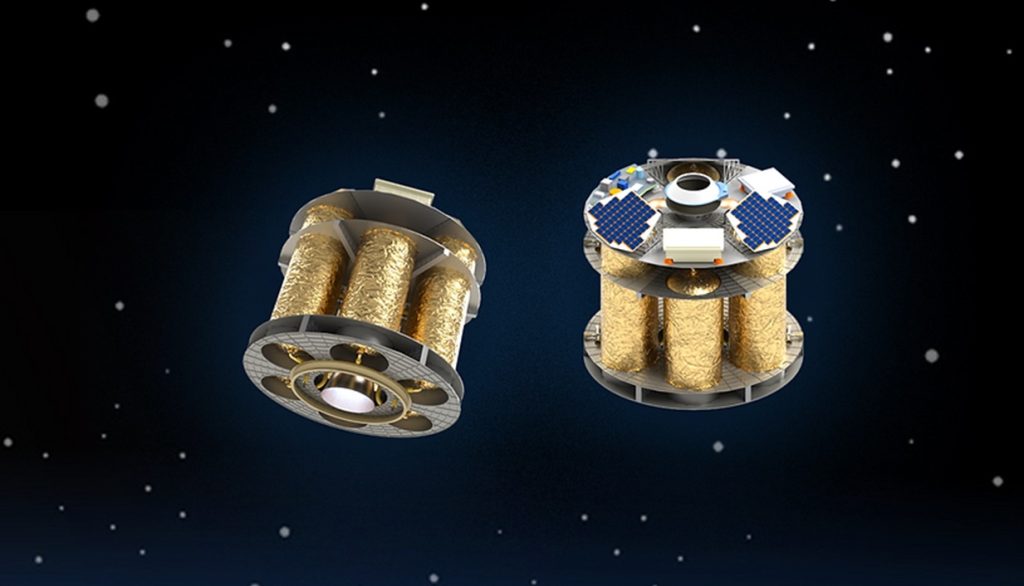NASA’s Small Business Innovation Research program has awarded Phase II grants to 95 ventures, including two Washington state aerospace companies – New Frontier Aerospace and HyBird Space Systems. The grants are valued at up to $850,000 each and will be distributed over a 24-month contract period. In addition, each company was eligible to apply for up to $50,000 in funding from NASA’s Technical and Business Assistance program to help with market opportunities and commercialization strategies. The total outlay for the 107 projects awarded was $93.5 million.
New Frontier Aerospace is working on rocket-powered aircraft and spacecraft, with their Phase II grant supporting the development of the Bifröst orbital transfer spacecraft. This spacecraft is designed to be powered by the company’s 3D-printed Mjölnir rocket engine and capable of transferring payloads from low Earth orbit to geostationary Earth orbit or on a course to Mars or Venus. The technology could also be adapted for use in a lunar lander. HyBird Space Systems is developing the RT-5X retrobraking propulsion system, which would be used to bring inactive spacecraft down from low Earth orbit using “green” propellants.
NASA’s SBIR grants are focused on technologies that could advance the agency’s initiatives in space and aeronautics. The newly announced grants also support ventures in Oregon, such as The Innovation Laboratory in Portland, which is working on an AI-based system for advanced air traffic management, and IRPI in Wilsonville, which is developing tools for handling and analyzing scientific samples in low-gravity environments. NASA’s Space Technology Mission Directorate director, Jenn Gustetic, stated that supporting a diverse set of companies is crucial for mission success, with 29% of awardees coming from underrepresented groups, including 11% women-owned businesses.
New Frontier’s Bifröst spacecraft is named after the Rainbow Bridge of Norse mythology, while the Mjölnir rocket engine is a nod to Thor’s hammer. The spacecraft has the capability to transfer payloads to various orbits and destinations, making it a versatile option for future space missions. HyBird’s RT-5X propulsion system offers a more environmentally friendly way to deorbit spacecraft, providing a sustainable solution for space debris management. Both companies are at the forefront of innovative technologies that could shape the future of space exploration and commercialization efforts.
Overall, NASA’s support of small businesses through the SBIR program highlights the agency’s commitment to fostering innovation and diversity in the aerospace industry. By investing in cutting-edge technologies and supporting underrepresented groups in the field, NASA is helping to drive advancements in space exploration and aeronautics. With projects like Bifröst and RT-5X on the horizon, the possibilities for future missions and space travel are endless, showcasing the potential for collaboration between government agencies and private ventures to push the boundaries of what is possible in space.


